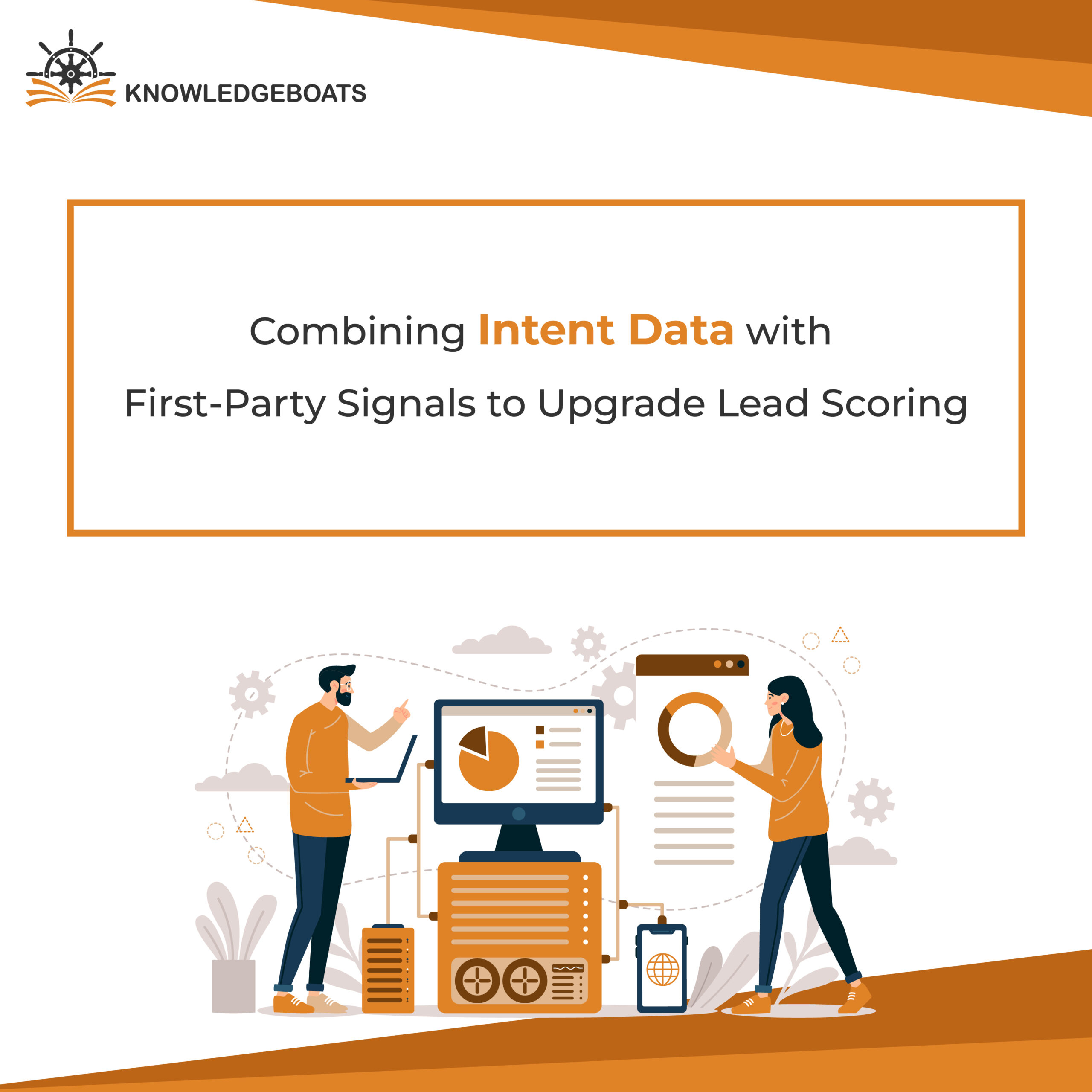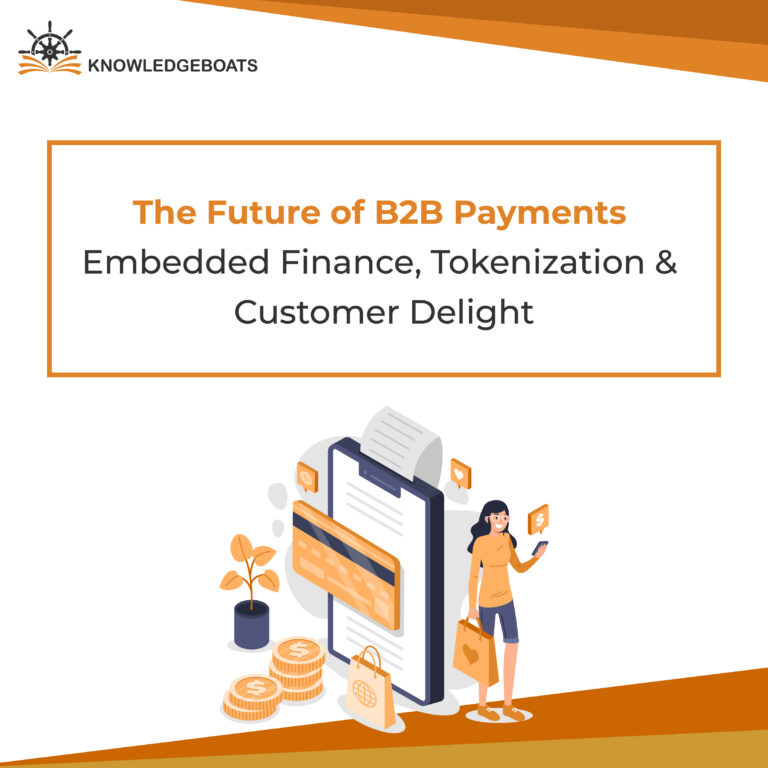
We need to talk about MQL. You know the one. The lead who downloaded that one whitepaper, triggered your lead scoring model, and got fast-tracked to a sales rep with a “Hot Lead!” notification, and then nothing.
The sales rep calls, and it’s an intern. Or someone who was just vaguely curious. Or worse, a competitor. We’ve all felt that collective sigh from the sales floor. It’s the sound of wasted time and dwindling trust in marketing.
Here’s the hard truth: for years, our lead scoring models have been built on a foundation of half-truths. We’ve been religiously tracking what people do in our own house while being completely blind to what they’re doing everywhere else.
It’s time to turn on the lights. It’s time to build a lead scoring model based on what people are thinking, not just what they’re clicking on your website.
Why Our Old Lead Scoring Feels Like a Guessing Game
Think about it. We’ve all built these models:
- Opened an email? +5 points.
- Visited the blog? +3 points.
- Downloaded an eBook? +15 points.
The problem is that this model rewards activity, not intent. It can’t tell the difference between a bored student and a decision-maker who is one step away from requesting a demo. We’re only seeing their behavior on our home turf, which is just a tiny fraction of their buying journey.
To fix this, we need to become master eavesdroppers (in a good, ethical way). We need to combine what they do in our house with what they’re researching out in the wild.
The Two Halves of the Story: Your Data vs. Their Secret Research
To get the full picture, you need to blend two kinds of intel.
1. First-Party Signals
This is your data. It’s gold. It’s the digital body language of someone walking around your virtual store. The key is to finally start treating different actions differently.
- Someone reading a top-of-funnel blog post is like someone browsing the window display. Interesting, but not a buyer.
- Someone watching your 20-minute demo video or hitting your pricing page for the third time this week? That’s the equivalent of them taking the product to the checkout counter.
The real trick to best practices for first-party intent scoring in B2B is to stop treating all clicks as equal. They’re not.
2. Third-Party Intent Data
This is the magic wand. This is the intel that tells you what a company is thinking about before they even step into your store.
Imagine you could know that five people from a target account just started binge-reading articles on a problem that your software solves. Or that they’re suddenly researching your top three competitors. That’s third-party intent data. It’s the anonymous signal that an account is heating up and entering a buying cycle.
Combining first-party and third-party intent data is like finally getting to see their entire shopping list, not just the one item they picked up in your aisle.
A New Playbook: Building a Scoring Model That Doesn’t Lie
Ready to build something that actually works? Here’s how you do it.
Step 1: Get Sales and Marketing in a Room
Grab a whiteboard. Ask your best sales reps: “Forget the points. What are the top 3 things a prospect does right before they are ready for a real conversation?” Map it out. Your intent signal weighting should be a direct reflection of that conversation. It might look something like this:
| Signal Type | Example | Point Value |
|---|---|---|
| “They’re on fire” Signals | Requests a demo, researches you vs. a competitor | +50 |
| “Getting Hot” Signals | Downloads a case study, heavy pricing page visits | +25 |
| “Just Curious” Signals | Reads a blog post, opens a newsletter | +5 |
This isn’t about a perfect formula on day one. It’s about agreeing on what really matters.
Step 2: Ditch the MQL. It’s Time for a New Language.
When a lead or an account hits your new, smarter threshold, they’re not just an MQL. They’re an Intent-Qualified Lead (IQL) or an Intent-Qualified Account (IQA).
This isn’t just semantics. It completely changes the conversation with sales.
- Old way: “Here’s a lead who downloaded our eBook.”
- New way: “Acme Corp is showing a huge spike in research around our main keyword, and their VP of Ops just spent 10 minutes on our integration page. You should probably call them.”
See the difference?
Step 3: Plug It In and Let It Run
This can’t be a spreadsheet you update once a week. It has to be automated. Your CRM integration for intent data is non-negotiable. The goal is real-time intent monitoring, so when an account suddenly gets hot on a Tuesday afternoon, your sales team knows about it on Tuesday afternoon not next Monday.
Step 4: The Reality Check
No scoring model is perfect out of the box. The most important step is the weekly or bi-weekly check-in with sales. Ask them:
- “Were the IQLs we sent you actually good?”
- “Which signals seem to be the most accurate?”
- “Are we missing anything?”
This feedback loop is how you optimize your lead scoring model. It’s a living, breathing thing that gets smarter over time.
A Quick, Important Note on Not Being Creepy
Good intent data is about privacy. Reputable providers give you company-level signals, not an individual’s browsing history. They tell you that Acme Corp is interested, not that Jane Doe is. This is key for intent data privacy compliance and for, you know, not being weird.
The Bottom Line
Let’s stop burying our sales teams in a mountain of low-quality “leads.” Let’s give them a short, prioritized list of accounts and people who are actively looking for a solution and are ready to have a conversation.
When you combine what you know with what you can learn, you’re not just improving a marketing metric. You’re changing the entire dynamic between sales and marketing. You’re building trust, closing deals faster, and finally focusing on the opportunities that matter.
And that, right there, is the ballgame.


